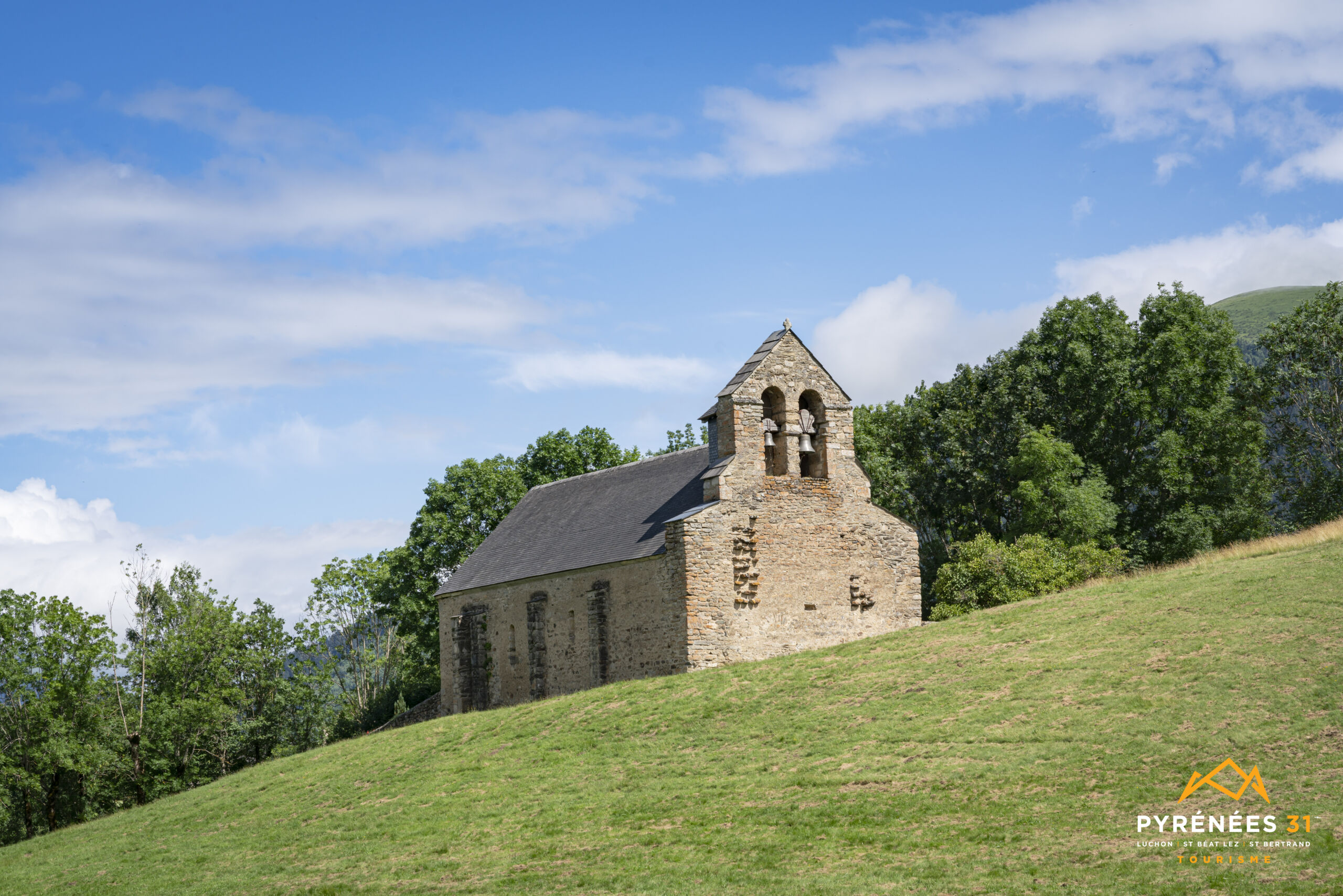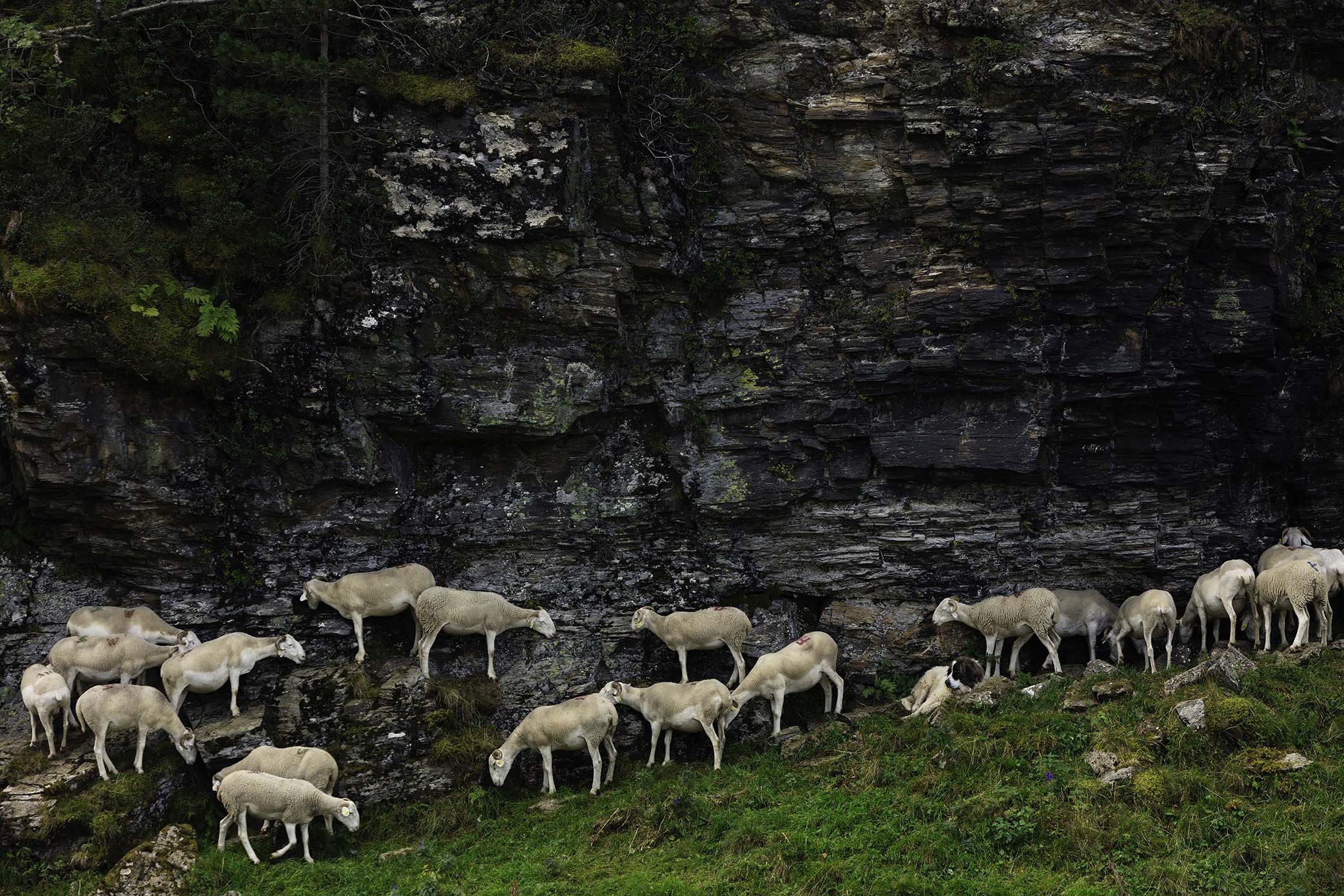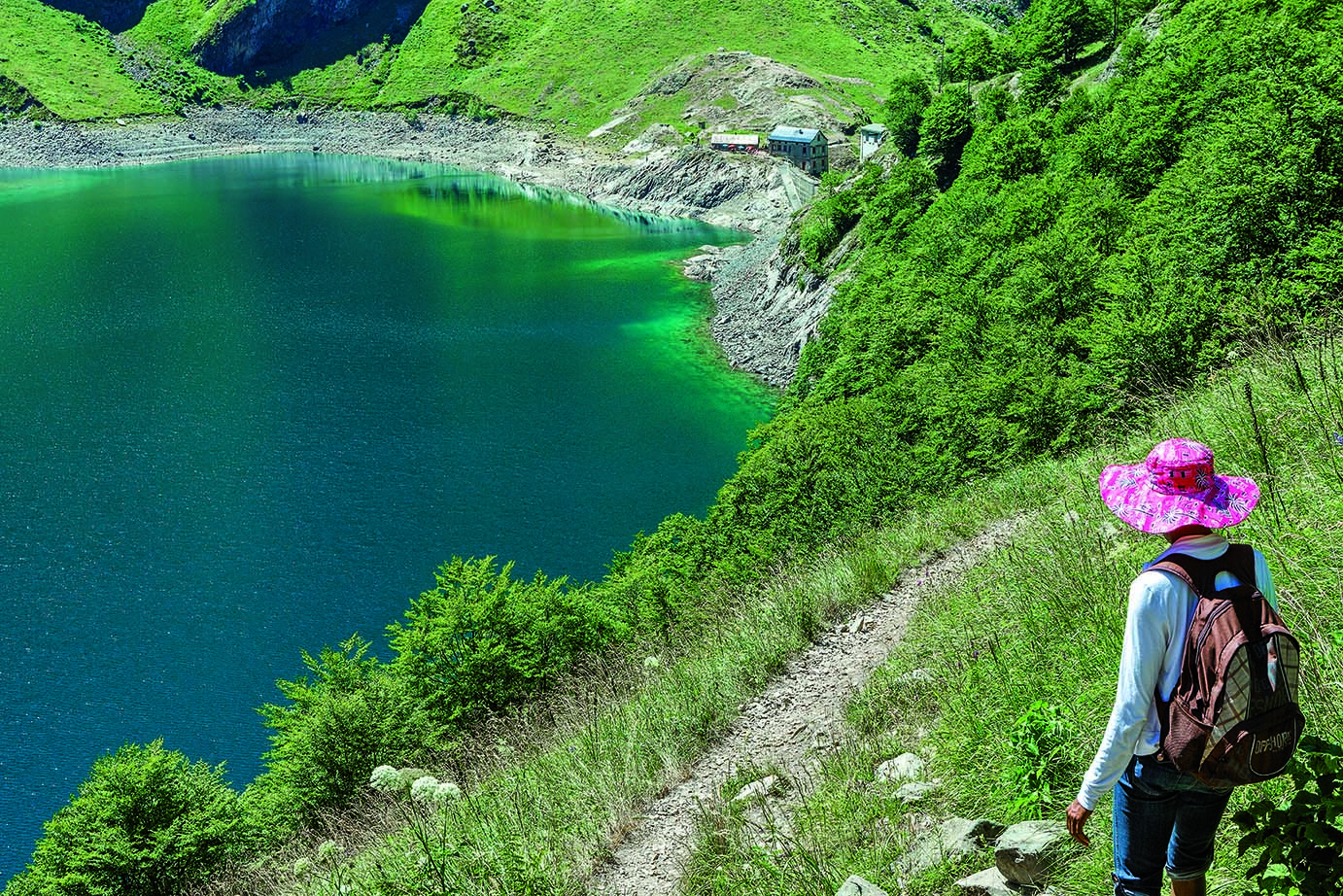A landscape shaped by nature
The Larboust valley is part of a high mountain landscape typical of the central Pyrenees. It stretches across the foothills of the central Pyrenees, where forests, pastures and steep slopes alternate. Altitudes range from 660 metres at the bottom of the valley to over 3,000 metres for the surrounding peaks, such as Pic Perdiguère and Pic des Gourgs Blancs. The area is marked by ancient glacial valleys that have given way to high-altitude lakes and characteristic rock formations.
The watercourses that criss-cross the valley, particularly the Lys (or Lis) and its tributaries, play an essential role in the local ecosystem. They feed the wetlands and lush green meadows that contrast with the aridity of the summits. This diversity of natural environments encourages the presence of fauna and flora adapted to mountain conditions.



